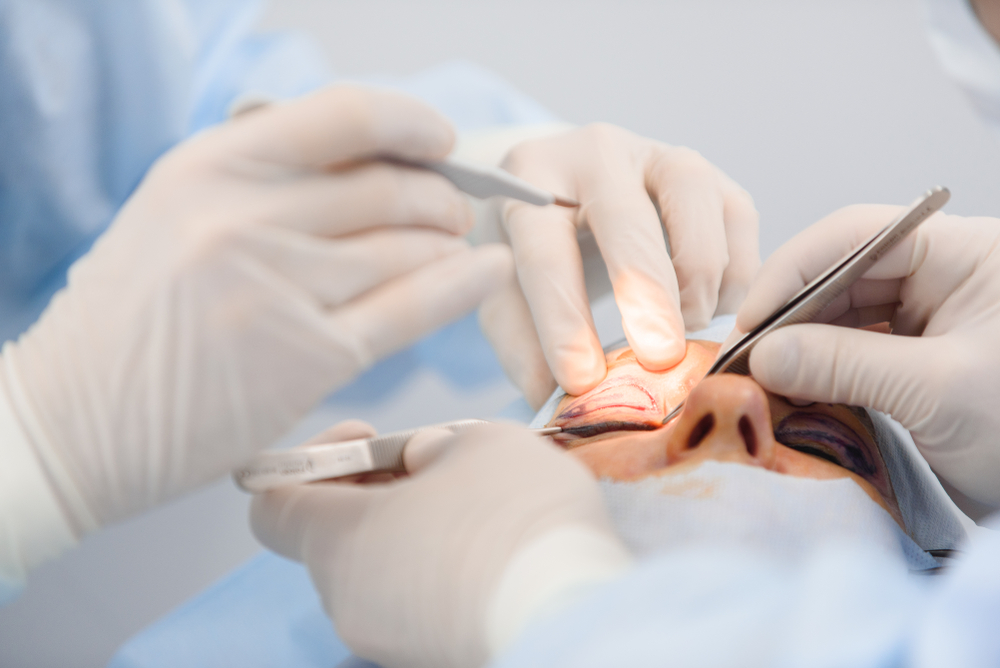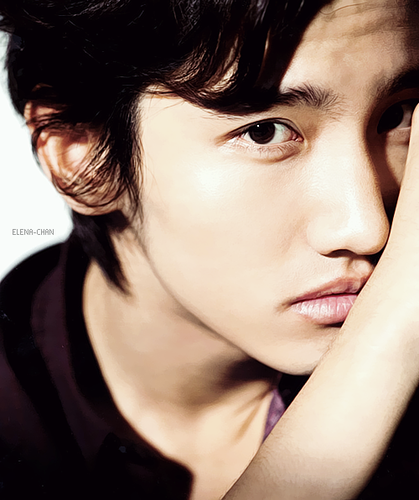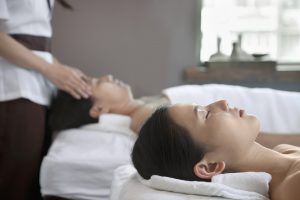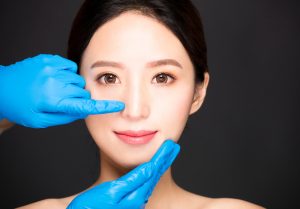Thinking of Double Eyelid Surgery? Here are Your Options
Double eyelid surgery – which creates a natural-looking crease on the upper eyelid — is one of the most popular...
By: Dedet Panabi / July 11, 2019

Double eyelid surgery – which creates a natural-looking crease on the upper eyelid — is one of the most popular cosmetic surgeries in Asia. Even K-Pop idols have admitted to getting it done, including Super Junior‘s Kyuhyun, Min Hyo Rin, Park Hyo Shin, and Goo Hara from KARA. In fact, the Vice documentary on Seoul pop culture reports that Korean double eyelid surgery is so common among women in their early twenties that it’s “practically a rite of passage”.
But any surgery is a very big and personal decision. No matter how popular or common it may be, you still need to weigh the pros and cons and see if it’s something you really want to do. This can help you find out more about double eyelid surgery.
Contents
Kinds of Double Eyelid Surgery
Double eyelid surgery is medically called blepharoplasty. You may sometimes hear people talk about Asian blepharoplasty and traditional blepharoplasty. There really is no difference in terms of technique of technology. However, most Asians ask for a crease in the upper lid, while many Caucasians use it to correct droopy eyelids caused by excess muscle, skin or fat. It’s a cultural preference for what they want to achieve, rather than the type of treatment.

However, there are three common ways to create the eyelid crease.
Full Incisional Method
This method can create a very deep, natural looking crease and also correct drooping eyes, or excess fat and puffiness. Combined with other procedures, it can also correct sunken eye sockets (which make your dark circles very prominent) and assymetrical eye shape.
The full incisional method gives the most dramatic results since it actually manipulates tissues to correct your eye shape, but it also needs longer healing time. The scars are harder to hide and take longer to heal, and you will experience a lot of swelling and post-treatment discomfort. You also need to go back to have stitches removed, and should give yourself up to two weeks of recovery time.
It takes about 3 months for you to see the best results, but they are permanent and even look more natural as time passes.
Partial Incision Method
This double eyelid surgery involves making small incisions along the eyelid. The sutures are shorter and less prominent than the full incision method, and generally done only where it’s needed. Since there are less sutures, there’s less swelling and scarring, and it has a shorter recovery period.
Generally, this method is recommended if you have thinner eyelid skin and less fat around the eyes. It can still correct some eye shapes, but that depends on what result you want. (Your doctor’s the best person to ask if youll need full or particial incision eyelid surgery for your face shape.)
The whole procedure takes about 30 to 40 minutes, but you will still need to return to have the stitches removed.
Buried Sutures Method
This is also called the non-incisional double eyelid surgery. The surgeon creates a fold or crease with thread, doing very minimal damage to the tissue and muscle. This is the least invasive method and has the lowest double eyelid surgery downtime.
However, there are pros and cons to buried sutures. It isn’t permanent, and there are cases of the folds becoming loose – which means you will have to go back and have it redone. It’s not as precise as incisional eyelid surgery, and it can’t correct puffiness or dramatically transform eye shape. It’s also best for people with thin eyelids (you know you’re a good candidate if you can actually create a crease using eyelid tape).
However, this procedure has very little swelling and pain, and recovery time is just one week.

What to Expect During Double Eyelid Surgery
During the first consultations, you and your doctor will talk about the eye shape you want, and the best eyelid surgery method to achieve that. Don’t be afraid to ask questions, or show photos to explain what you want.
The actual procedure takes about an hour. You’ll be given a local anesthetic, so you won’t feel a thing! You don’t have to be hospitalized, and you can go home right after it’s done.
Double Eyelid Surgery Recovery Time
However, even if you’re at home, you still need to take it easy! There will be discomfort and swelling, and you will have to take extra care of your eyes. Your doctor will give you eye drops and special instructions to avoid infection and complications. You may also be advised to use cold compresses for the first few hours.
You won’t be immobile, but it’ll be hard to move around while your eyes heal. Make arrangements for someone to drive you home, or take over heavy chores.
You can return to normal activity about 7 to 10 days after the procedure, and expect swelling to completely go away by 2 weeks.
Where to get Double Eyelid Surgery in Singapore
Check out Beauty Insider’s directory of experienced, trusted and board-certified Singapore aesthetic surgeons.

















